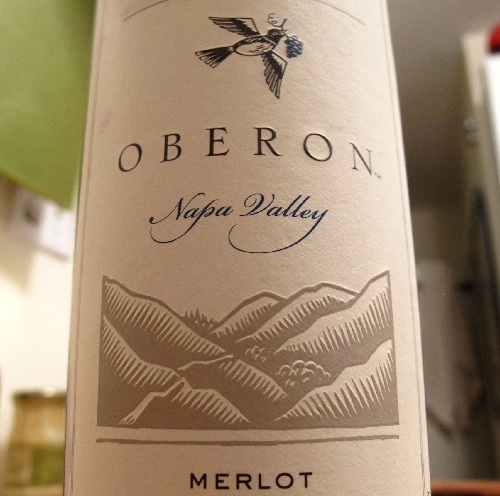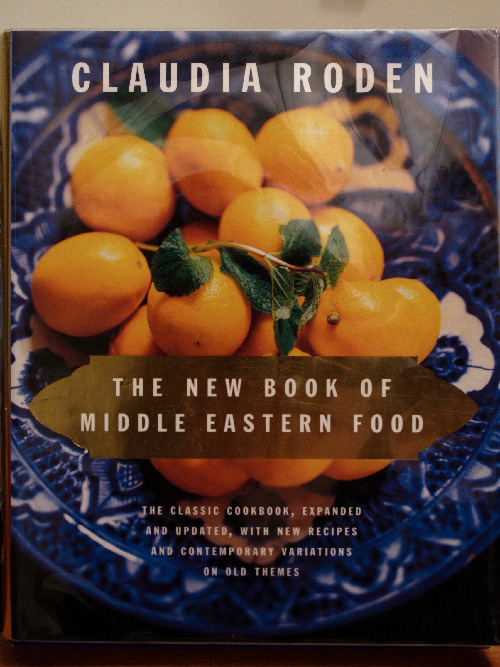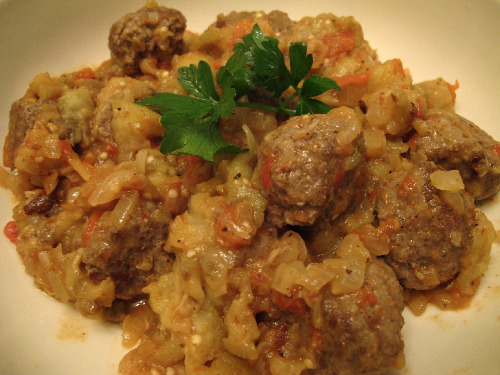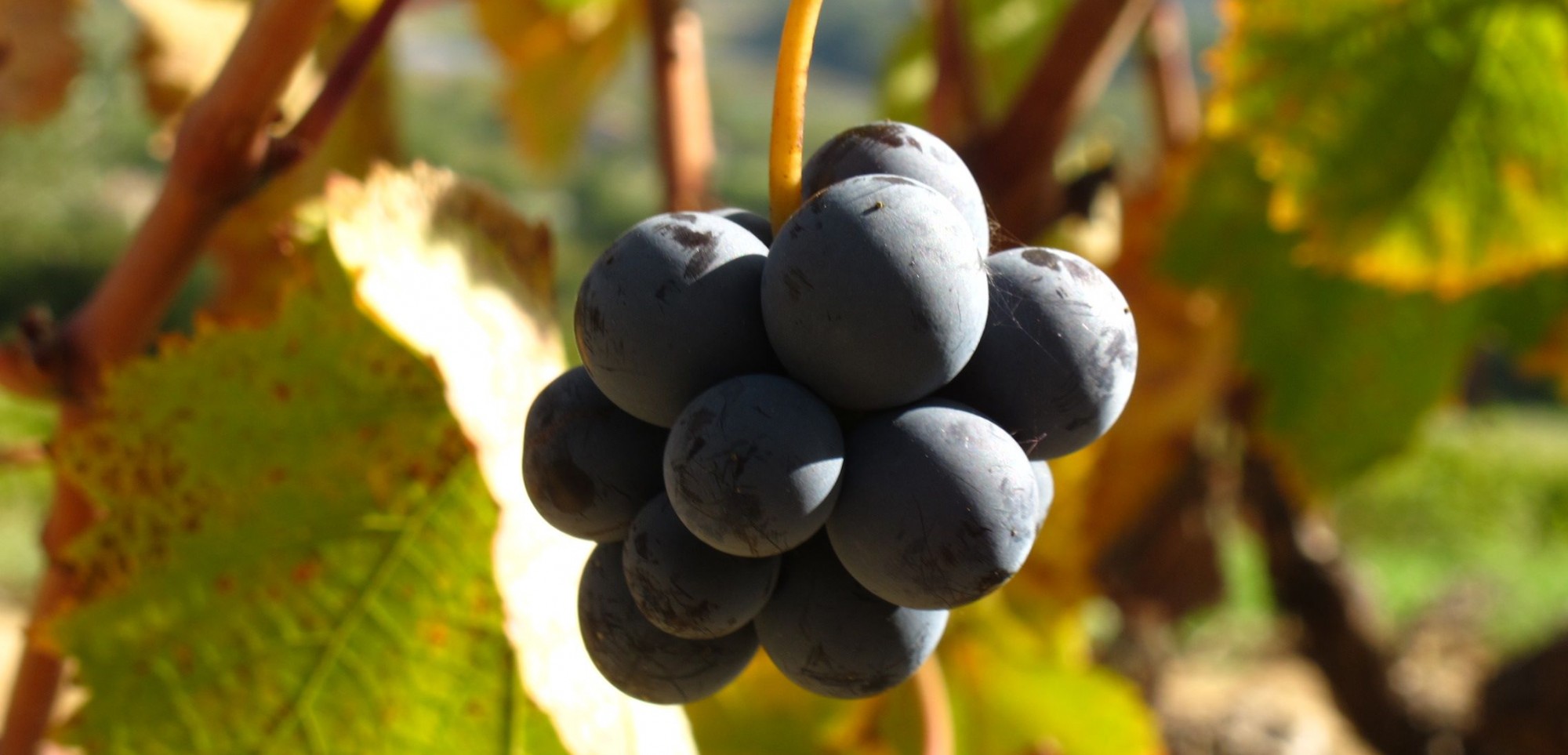Merlot Diplomacy

In Buenos Aires, I met a brasserie owner who had lived in New York while working for the United Nations. Seemed he preferred his new job and city to his previous life. As I sipped the complimentary Kir he set down on my table and admired the fresh-faced Argentinians just sitting down to dinner at 11pm on a weeknight, I understood why he had crossed the equator.
Back in New York, I read an article in The New York Times in which this same restaurateur was interviewed and identified as a former “culinary tour guide” at the UN. I gasped – did such a job exist? Could it be someone’s job to take visiting dignitaries to taste New York cheesecake, or perhaps broker accords over cru Burgundy paired with Peking duck?
When I think about the various delicious cuisines available in the city, I feel with certainty that great food and drink together is the answer for world peace, or at least its starting point. It is difficult to argue about borders and beliefs while crunching into a heavenly piece of buttermilk-battered fried chicken. Today, I attempt to solve two world crises through pairing: the war against Merlot, and the tension between the U.S. and the Middle East.
Merlot, as anyone who has seen Sideways knows, is a grape in need of a crack PR team. It is not enough that it is the star of Château Cheval Blanc and Château Pétrus’s wines, the ownership of which warrants an “I’ve-made-it” fist pump. Or that worldwide, it is the second only to Cabernet Sauvignon in being the most-planted dark-skinned variety. Wine grapes are an incredibly expensive crop; surely there must be a reason behind Merlot’s popularity – could it be that it’s delicious and versatile as a blending and pairing agent?
Perhaps I am a victim of Merlot’s negative perception as well. I can’t remember the last time I uncorked a bottle of it at home. Seeing that this needed to be rectified, I brought home a bottle of 2008 Oberon Napa Valley Merlot and opened it on Saturday night to taste it ahead of Sunday’s dinner. I’m glad I did. The tannins were big and burly, and the wine was in need of a decanting to smooth out its rougher edges. The bouquet, though, was spot-on Merlot: blackberries, ripe plum and a hint of menthol. I was skittish about leaving the wine in a wide open decanter for 24 hours, so after much deliberation, I decided to leave the opened bottle on a shaded part of our counter to let it slowly breathe all night without fear of the sun’s rays hitting it the next day. 
Now, what to pair with it? This is where the reconciliation between the United States and the Middle East comes in. Is it a coincidence that the Oberon label has a dove-like bird on it with a bunch of grapes in its mouth where an olive branch would be? As the wine was more assertive and did not have that “I’m a Merlot” luscious mouthfeel, I turned to The New Book of Middle Eastern Food, by Claudia Roden, to find a recipe to compensate: a silky tomato eggplant sauce with meatballs. No Middle Eastern meal is complete without an ancient grain, and for this, I flipped to the bulgur, couscous and pasta section of the same book, settling on a bulgur pilaf with raisins and pine nuts. Wanting to underscore the stone fruit flavors in the wine, I added a good handful of sliced dried apricots to the pilaf. And finding no pine nuts in our pantry, I used roasted hazelnuts instead. Those were the only changes I made to Roden’s recipes.

Everything was absolutely wonderful with the wine, which had significantly mellowed after a night of snail’s-paced aeration. The earthiness of the hazelnuts and gaminess of the meatballs were perfect counterpoints to the wine’s vibrant fruit. I tried to tease out what each ingredient brought out in the wine. But soon I was just eating and drinking without a thought. A dinner that passes with good conversation and ends with empty plates is all the proof I need that Merlot with Middle Eastern food is a phenomenal combination. The next time I’m wandering around UN Plaza, I’ll suggest it.
